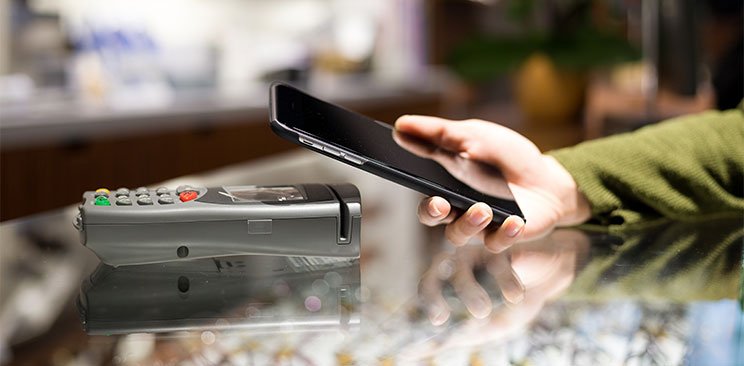The Australian Bureau of Statistics (ABS) has released its retail trade figures, showing a steady result for the retail industry leading into the last half of 2017.
July showed an estimated turnover of 0.3 per cent, which aligns with May and June’s 0.4 per cent increases.
“The trend estimate rise of 0.3 per cent for July shows that retail is in a stable state now, but we are expecting that to pick up as we head towards Christmas,” National Retail Association (NRA) CEO Dominique Lamb said.
“This is further underlined by the solid 3.5 per cent rise in turnover for Australian retail in July 2017 compared with July 2016.”
According to the NRA, each state and territory recorded a rise in trend terms for July: New South Wales (0.4 per cent), Victoria (0.4 per cent), Queensland (0.2 per cent), Western Australia (0.2 per cent), South Australia (0.2 per cent), Tasmania (0.5 per cent), the ACT (0.3 per cent) and the Northern Territory (0.4 per cent).
“In trend terms, we saw a rise in every single state and territory across the country with Tasmania recording the largest rise with 0.5 per cent.
“The RBA’s decision to keep interest rates on hold at a record low 1.5 per cent should give retail the kick along it needs as we approach Christmas,” Ms Lamb said.
“From retail’s perspective, it is important that consumer confidence is as high as possible and low interest rates certainly help to foster that.”
However, the results from Deloitte Access Economics’ latest retail forecast report show mixed results in terms of consumer confidence.
“Strengthening employment outcomes are providing the basis for spending to lift, including a rebound in full time jobs growth and continued wealth gains from housing,” Deloitte Access Economics partner David Rumbens said.
“But consumers aren’t happy. Despite improvements in unemployment expectations and an increase in business confidence, consumer sentiment is at a low point with concerns over financial risks. And in the face of oncoming competition from the likes of Amazon, widespread aggressive discounting to lure in the consumer dollar, and rising energy prices, it’s likely retailers aren’t so happy either.
“Nominal retail spending growth for the year to June 2017 was 3.6 per cent and we expect it to remain steady at that rate over the year to June 2018. However, more of the growth next year may come from volume growth, with prices increasingly under pressure. Retail volume growth for the year to June 2017 was 2.5 per cent, rising to 3.4 per cent for the year to June 2018,” Mr Rumbens added.
One area of Deloitte’s report that will no doubt leave grocery retailers concerned is the rise in catered food purchases.
According to the Deloitte, the trade-off between saving time and saving money has leaned into catered food’s favour during the past year, with a lower rate of price growth for this sector than for supermarkets. Catered food spending grew by 3.3 per cent over the year to June 2017 in real terms, compared to just 1.2 per cent real spending growth for supermarkets.





